You have probably heard the phrase “culture eats strategy for breakfast.” I think a more accurate statement is usually “mindsets eat strategy for breakfast.”
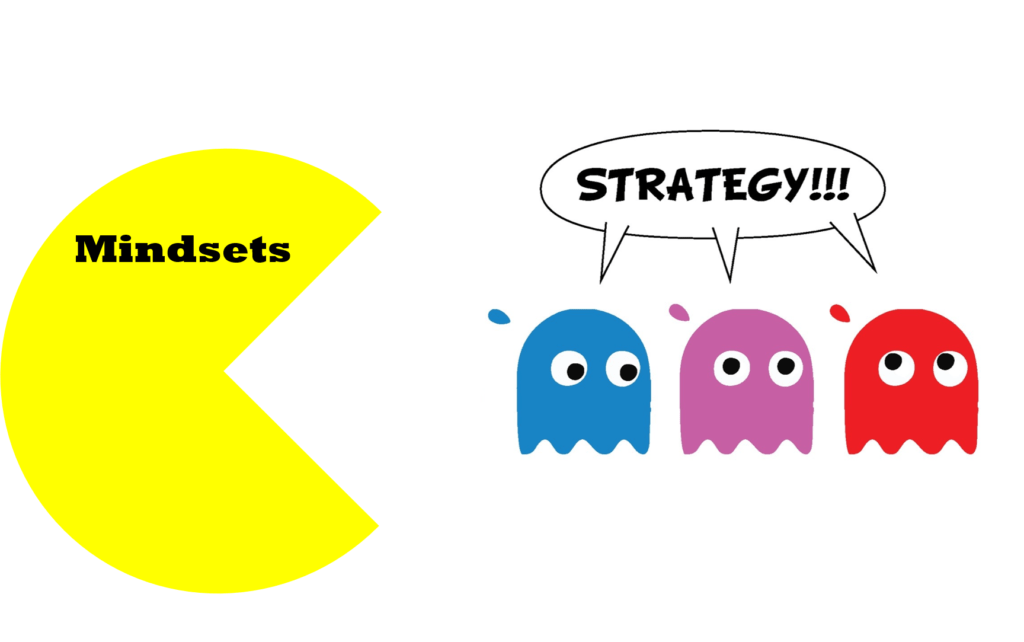
Mindsets shape how leaders and employees see and interpret their world, which is what leads to a specific culture, or typical pattern of thinking and behaving within groups.
If an organization tries to change their strategy without focusing on mindsets, the prevailing mindsets will continually resist the newly-promoted strategy. Let me give you an example of this.
“We Want to be a Cutting-Edge Company”
I once worked with a company whose formalized strategy was to be a cutting-edge thought-leader within their industry. If they could do this, they believed that they would be the natural source for their ideal customers to turn to when they were in need of their services.
The reality is that this company was once very cutting-edge. 15-20 years ago, they were rolling out some market-changing products far superior to their competitors, which established them as a leader in their industry.
But, something interesting has happened during the last 15 years: a shift in mindset that has killed their ability to be cutting-edge.

Mindset Shift
One of the things this organization started to pick up on about 15 years ago is that if they make a mistake or have a problem with one of their customers, their customers leave and take their business to another organization.
Recognizing this, organizational leaders naturally and increasingly focused on ensuring no mistakes or problems occurred.
As a result, the organization and its employees slowly adopted a prevention mindset, rather than a promotion mindset. This meant that the organization and its employees started focusing more on not losing and less on winning and gains. Employees were being formally and socially incentivized to avoid problems.
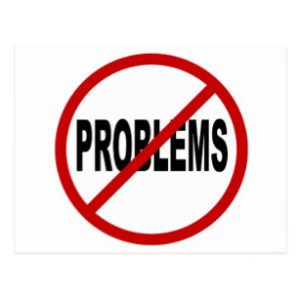
The Consequences
The result of this is that the organization began to move slower and slower in an effort to weed out problems. They commonly started to miss deadlines. When they rolled out a new product, it was generally multiple years late to market, causing them to lose ground to their competitors who did a better job of getting products to the market place. Looking back on the last 15 years, it is clear to see that they have been unable to produce any products that the marketplace would call “cutting-edge.”
Here is what was going on. When an organization has a prevention mindset, a primary focus on avoiding problems and not taking risks, two unintended consequences occur within the organization:
- When problems and mistakes do occur, employees are socially incentivized to sweep them under the rug, which prevents them from being adequately addressed, and no learning occurs
- It kills creativity and innovation (by their very nature, creativity and innovation require mistakes and failures)
Consider this statement by Ed Catmull, the president of Pixar Animation and Disney Animation:
“Failure is a manifestation of learning and exploration. If you aren’t experiencing failure then you are making a far worse mistake: You are being driven by the desire to avoid it. And, for leaders especially, this strategy—trying to avoid failure by outthinking it—dooms you to fail.”
Interesting! A focus on avoiding failure, dooms you to fail!
“Under the Hood”
What was going on in this organization?
Although the organization’s strategy was to be cutting-edge, their prevention mindset was preventing them from thinking and operating in a way that would allow them to be cutting-edge. Their mindset was eating their strategy for breakfast.
But, where this is really interesting, is when we step back to try to diagnose where and why the organization got off-track:
- Who carries the most leverage for shaping an organization’s mindsets and culture: Its leaders!
- Were the leaders well-intended? Yes!
- Were the leaders getting in their own way? Unintentionally, yes!
And here is the kicker:
- Were the leaders going to be willing to admit that?

The reality is that often, leaders, through their own best intentions, unintentionally create cultures that prevent the success they are seeking. Until they awaken to this, and admit that they could be an unintentional root cause to their organizations’ problems, there will be little options for obtaining the success they desire.
Moral of the Example
What is the moral of this example for you?
Answer in the comments below.
Your Organization’s Collective Mindsets
If you would like to explore the collective mindsets within your organization as a way to better understand how your organization collectively processes information, makes decisions, and operates, please let me know.
Below is an example of a collective mindset report that I have put together for an organization.
Through this assessment, it became quite clear where the organization was limiting itself:
- 71% of leaders possess a fixed mindset, which inclines them to avoid challenges than confront them as a way to protect their image (Slide 1)
- 64% of leaders possess an prevention mindset, which means that they are primarily focused on avoiding problems, and are unable to be creative and innovative (Slide 3)
- 75% of all leaders have at least 2 mindsets that are negative (out of four) (Slide 5)
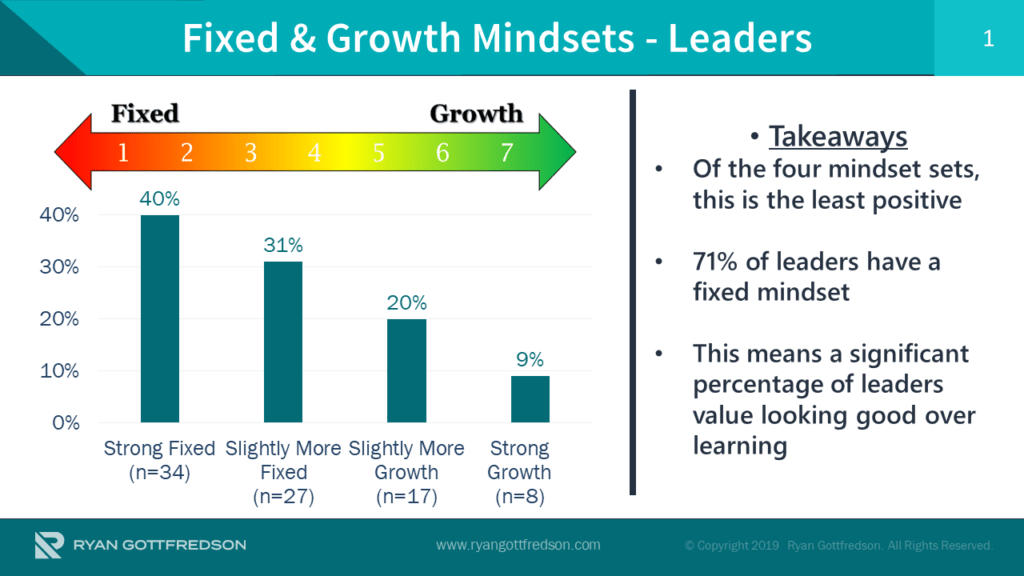
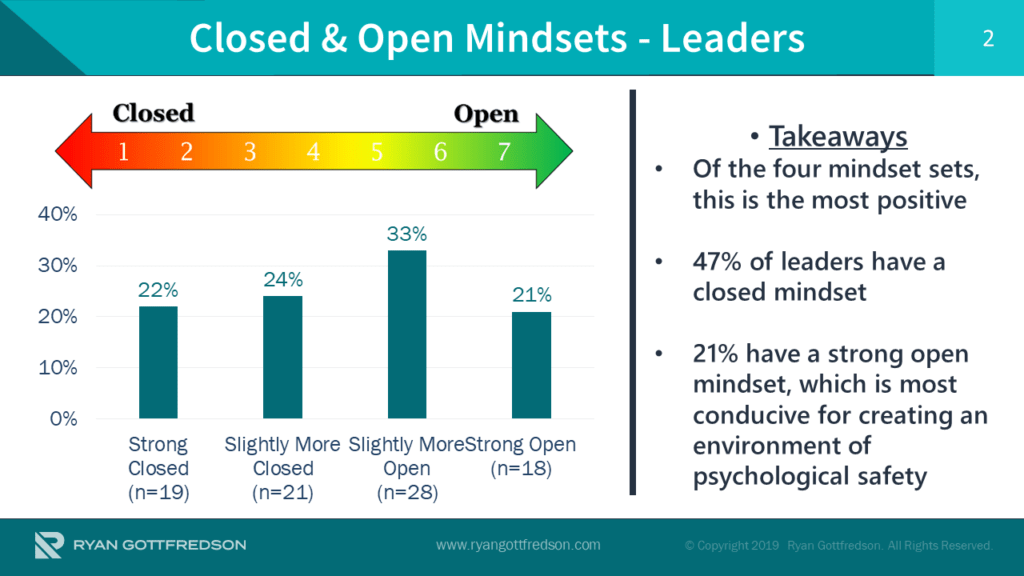



If this is something you would like to explore in your organization, contact me by clicking here or emailing me at ryan@ryangottfredson.com.

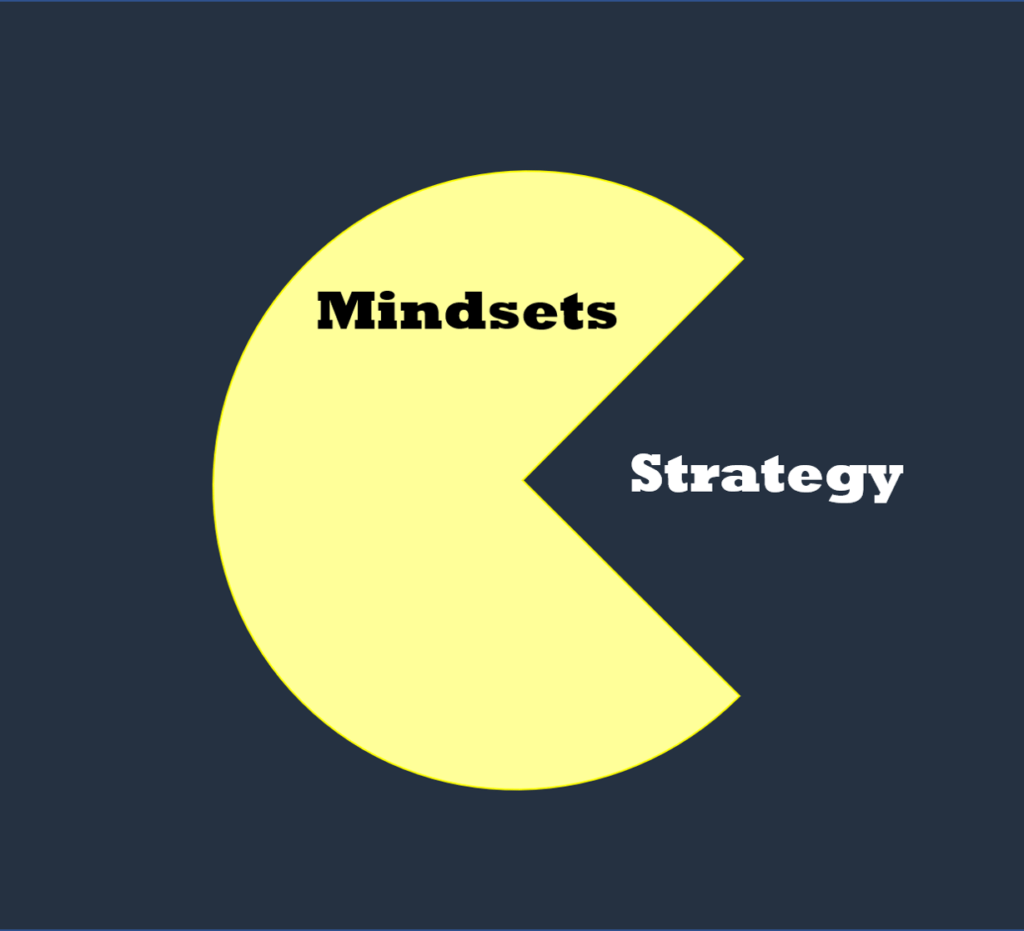









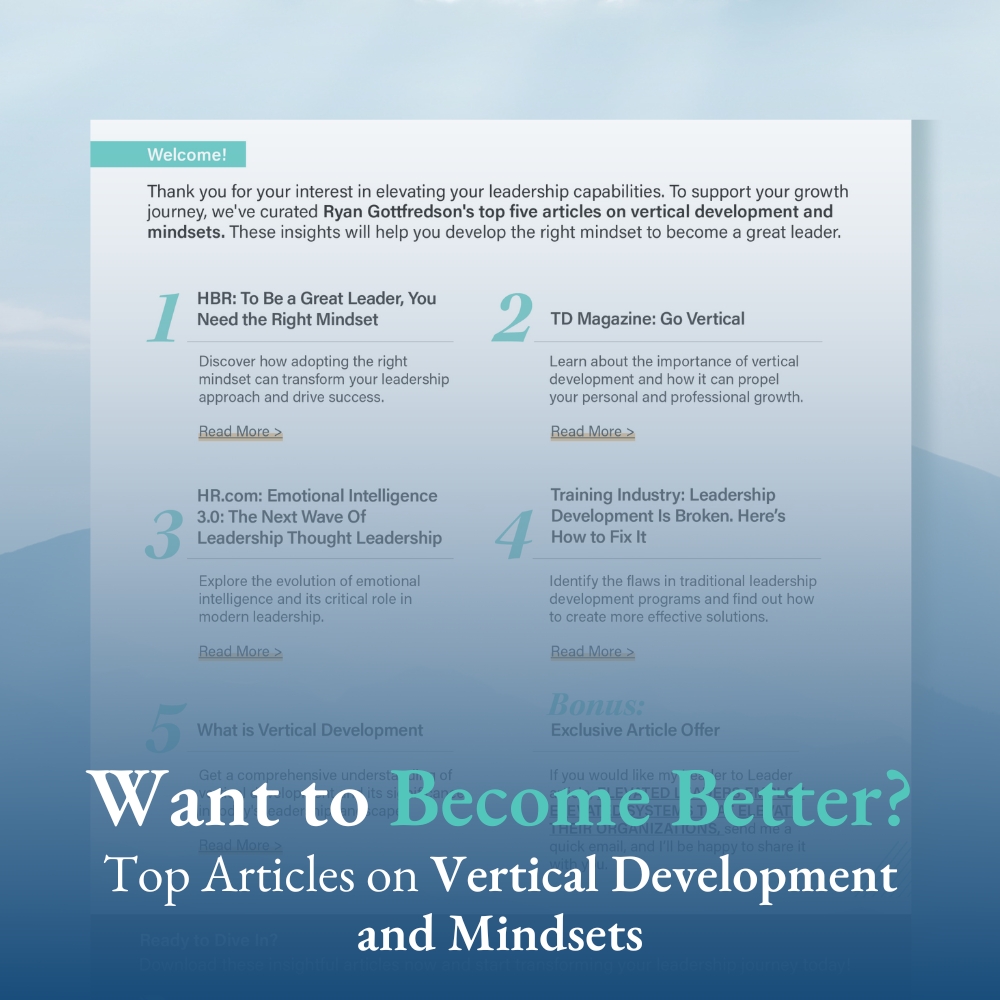
3 Responses
I’m curious if you’ve found that certain industries will possess Prevention mindsets, e.g. pharmaceutical or health care.
I have only worked with one big pharm or health care client and they were quite promotion-minded. So, I am not sure if that generalizes. In general, I have found high-regulation industries (where health-care generally falls), especially banking, to be very prevention-minded. Also, education systems seem to be quite prevention-minded. The organizations that I have worked with that are the most promotion-minded are those in the tech space, where agility is an absolute necessity.
Thank you Ryan!